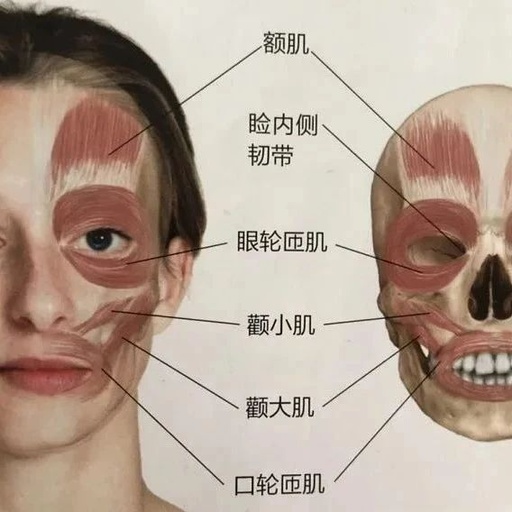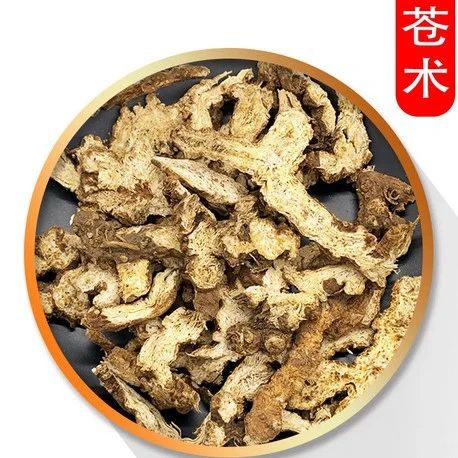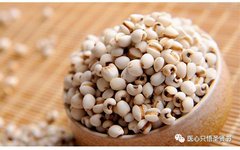Acupuncture for Managing Facial Muscle Spasms
Acupuncture for Managing Facial Muscle Spasms 1. What are Facial Muscle Spasms: Facial muscle spasms refer to recurrent, involuntary contractions of the facial muscles (orbicularis oculi, facial muscles, orbicularis oris) on one or both sides, which worsen during emotional excitement or stress. In severe cases, it can lead to difficulty in opening the eyes, facial … Read more








